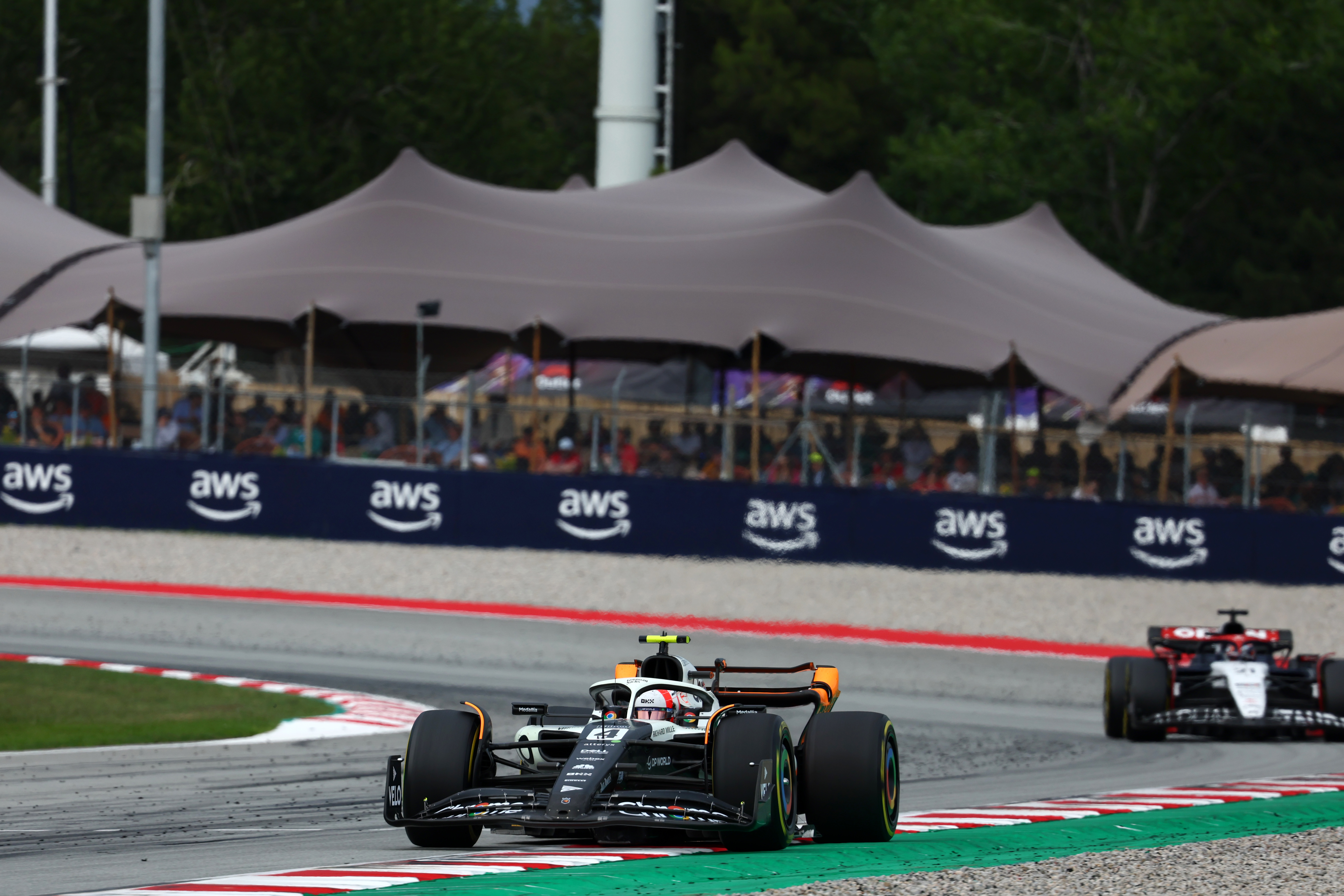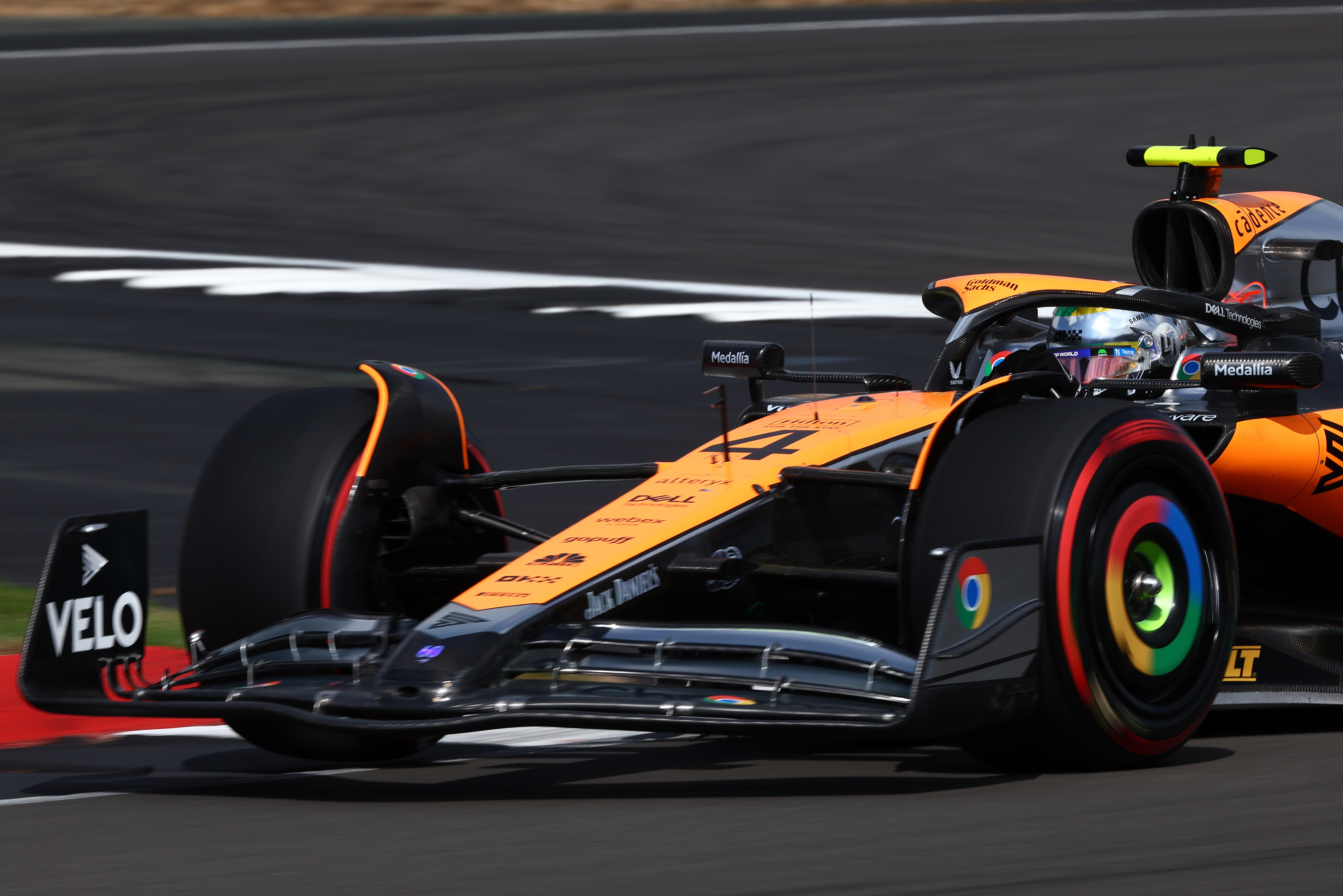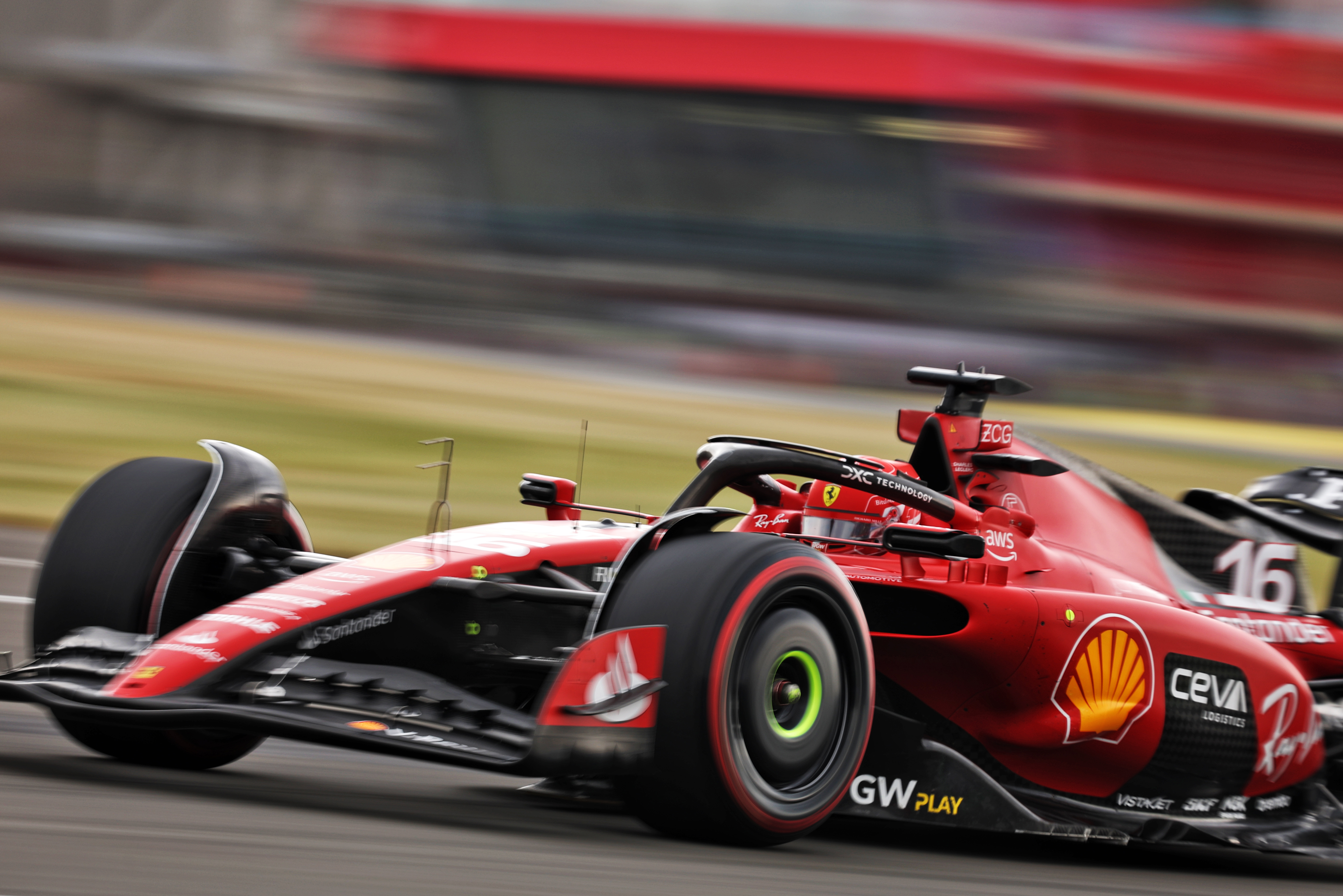Up Next

The Austrian Grand Prix weekend strongly suggested that the upgrade to the McLaren was a powerful one. Silverstone qualifying gives extra credence to that view – with Lando Norris and Oscar Piastri qualifying second and third, albeit some way behind the inevitable Max Verstappen pole. Is this a realistic picture of where McLaren is really at in Formula 1 now?
Taking a reading from the team and drivers, they believe there was some circumstance to this outcome and that it won’t necessarily be repeated in the race, even while accepting that the car is significantly improved since Barcelona when its race pace was so disappointing after Norris had qualified third.

Team principal Andrea Stella gives a neat summation of the development and circumstantial balance of the Silverstone qualifying outcome: “There is definitely a pattern [between here and Barcelona]. High-speed corners, cool conditions, soft tyres – actually the same tyre, the C3. Our car likes these conditions. The rear end finds naturally some good grip we may be missing in continuous laps when it’s hotter.
“So, the conditions have come to our favour. But there is some contribution coming from the improvements we made to the car. We can measure them in terms of downforce and can see in some of the low-speed we are decently competitive there now. In the GPS overlays we can see we are quicker.
“So it’s a combination of conditions and improvements.”
Not all of those conditions applied in Austria last week, yet Norris caught, passed and pulled away from Lewis Hamilton’s Mercedes for fifth (on the road, fourth in the final reckoning), suggesting that it was a more effective race car than the pre-updated one of Barcelona.
“Definitely our Austria race pace was better than Barcelona’s,” says Stella, “and I think that the upgrades were absolutely fundamental in terms of this improvement.
“But Austria is a front-limited circuit. Our car is generous in providing front grip and so there could be some track characteristics playing a part. Here it could be more rear-end limited; it will depend on the temperature like at Barcelona. So we have to be cautious because we are quite subject to the conditions.

“If we want to get less dependent on conditions we just have to keep improving the car. Red Bull has such a margin that I’m sure they have similar kinds of issues, but it’s within their margin so doesn’t hurt them.”
Here, Piastri also had the bodywork upgrade for the first time, although he was obliged to stay with the old front wing, which is reckoned to be worth 0.1s (the gap between Norris and Piastri in Q3 was 0.13s). “The car doesn’t feel too much different,” he says. “It’s just faster. Let’ see what our race pace is like but I have a feeling we can hang on now.”
“The upgrade has definitely added load to the car,” says Norris. “It’s clear we’ve improved; that’s very, very evident. High-speed, like here, we’ve made the car more efficient and the high-speed has always been one of our strengths anyway. Overall, our speed has taken a step forward. But the weaknesses are still the same… fast, flowing tracks are good for us and we’ve had a couple.”

Couple that with a damp but drying, fairly cool track (around 25C) on which the McLaren’s ability to generate good front tyre temperature was perhaps a further boon, and you can see why McLaren is keen to manage expectations. It doesn’t believe it has fully joined that ‘best of the rest’ bunch quite yet.
But it’s much closer than it was pre-update and Stella accepts that the Ferrari/Mercedes/Aston group which he’d previously dismissed as ‘not our battle’ is now a valid focus – albeit on tracks like this where circumstances suit the car. “Our race pace we have improved, but the aero efficiency is not large enough in elements that can really condition it better. So I still expect there’s cars around us that will be quicker in race pace – Ferrari and possibly Mercedes as well. It will depend on conditions.”
Norris, despite his natural glass half-empty take on things, is encouraged. “In Austria we were extremely good in qualifying and backed it up in the race. I’m not normally confident going into Sunday but [now] I have some reasons to believe. Probably not enough to race this guy [Verstappen] but enough to put up a fight with the others.”
The weaknesses remain the car’s through-corner balance in slower corners. It still can’t combine early rotation on entry with a stable mid-corner. How punishing that is will vary from one track layout to the next and Silverstone is reasonably tolerant of it and very rewarding of high-speed corner performance. But it will still extract a greater penalty in the race than in qualifying in terms of how it uses the tyres, especially on a track so demanding of the left-front (if it remains cool) and the left rear (if conditions are hot).
Ferrari is the obvious threat and should probably have been ahead of both McLarens even in qualifying. It’s end-of-straight and fast-corner-apex speeds were generally significantly up, with Norris able to claim some of it back with an earlier power application out of slow corners.

But the biggest difference was Charles Leclerc’s small error into Stowe near the end of his lap. Until that point he was over 0.1s ahead. “Yes, I went a bit wide there,” he said. “It was still a bit wet there and I probably lost in that moment a lap which would have put me on the front row. It’s surprising to see McLaren so quick.”
Nonetheless, such a small error from a Ferrari driver would have been of no significance to McLaren not so long ago. This is a vastly better car than at the start of the season, and there’s more to come. Being in the fight with Ferrari and Mercedes on race day will be a great confirmation of recent progress even while accepting it won’t necessarily be this good everywhere.





